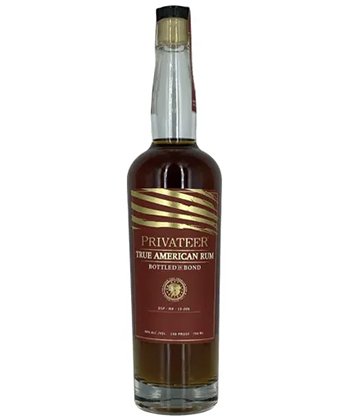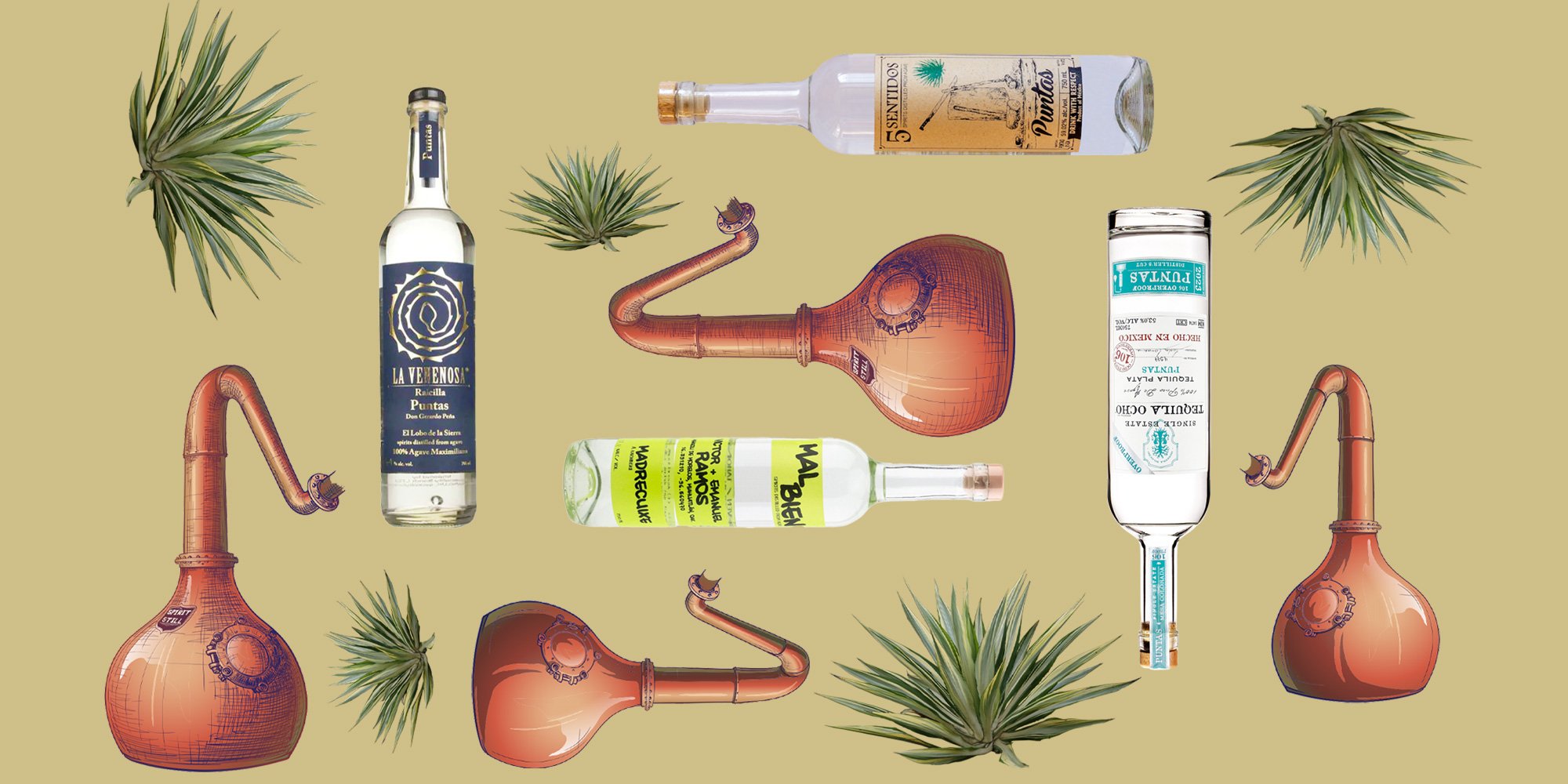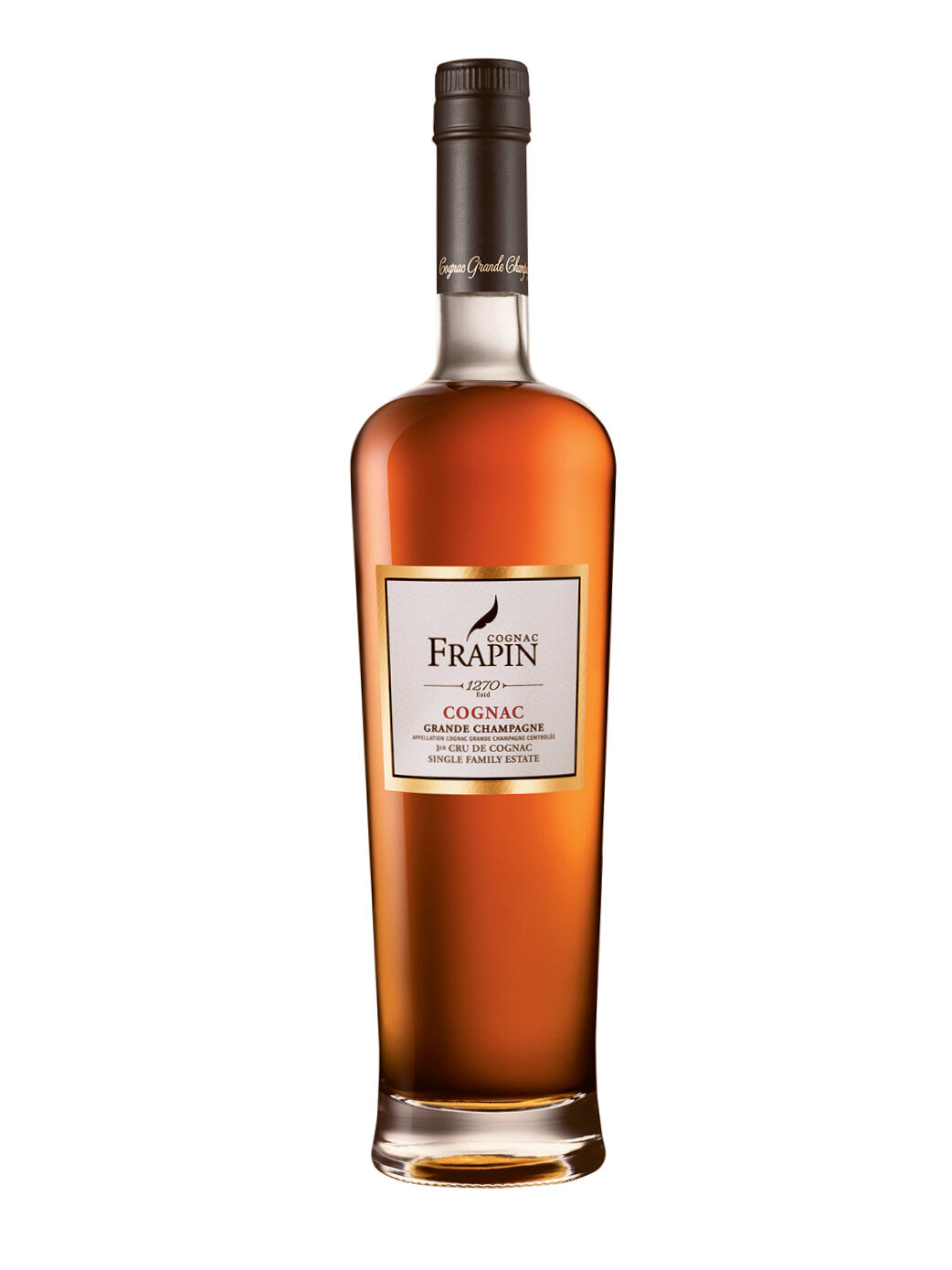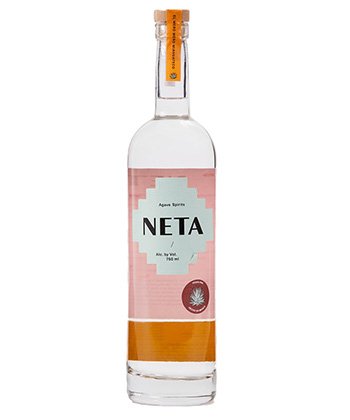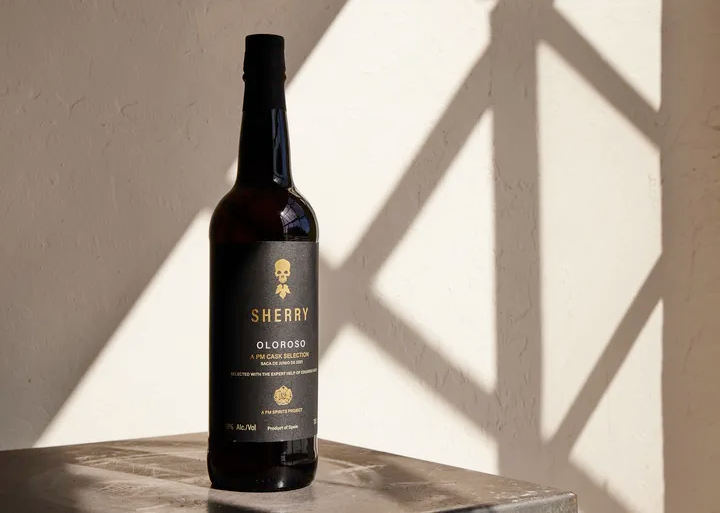As much as any other spirit, it’s safe to say there’s a style of rum for everyone. Nations across the globe have made it for centuries, with regions and producers offering different interpretations via distinct base ingredients — fresh cane juice, cane syrup, and molasses — as well as varied fermentation and distillation techniques.
Expressions arrive unaged and uncut; matured but with color later stripped away; or following decades in casks old and new. Some bottles are specifically produced for cocktails; others, owing to the price tags that accompany them, demand to be sipped, whether neat, on the rocks, or proofed down to the drinker’s preference. Then there are flavored or spiced releases, which accounted for over 50 percent of the rum sold in the U.S. in 2023.
With all due respect to the fictitious sailors that typically adorn such bottles, we did not consider flavored selections for our annual roundup of the best rums to drink right now. But we did dive deep into the diverse range of examples listed prior, tasting more than 120 bottles from over 20 nations across the globe.
Those samples were sent to VinePair (free of charge) by producers, importers, distributors, and PR firms. We tasted each one non-blind because we recognize that price plays one of the most important roles when you’re shopping at the liquor store or online, and should therefore be considered when evaluating a product.
The final list does not represent the 30 highest-scoring rums from the tasting, and instead aims to showcase the best offerings at every price point and across every interpretation of the category. We’re confident that the final selection offers a solid option for every occasion, budget, and palate. After all, there’s a style of rum for everyone.
The Best Rums Under $50
Transcontinental Rum Line High Seas
As the saying goes, “what one rum can’t do, three rums can.” Sure, you can craft your own blends, but why bother when the fine folks behind Transcontinental Rum have done it for you with this excellent mix of Panamanian, Jamaican, and Martinique distillates? Expressive and brimming with character, its savory, vegetal, slightly sweet profile offers a solid foundation for world-class cocktails.
The Best Rums Under $100
The Spirit of Haiti Clairin Vaval
Bottled at a precise 53.5 percent ABV, this Clairin is produced by Distillerie Arawaks, owned and operated by Fritz Vaval, whose family has been in the farm distillery business for close to 80 years. Fermented using ambient yeasts and distilled on a proprietary still, the nose of this spirit juxtaposes papaya and mango with salty umami aromas. The palate commits to more fruity and vegetal notes, with an enjoyably abrasive finish that speaks to the hands-on, traditional practices that led to its creation.
Privateer True American Bottled In Bond Rum
Magical things are happening in the rum realm up in Massachusetts, specifically at the premises of Ipswich-based Privateer Rum. Fusing American traditions with Caribbean-style spirits, this molasses-based bottled-in-bond release might seem initially shy on the nose, but that’s only a reflection of its refined, nuanced character. Where aromas of molasses, mocha, and caramel arrive softly, they explode on the palate, landing with a rich, borderline syrupy mouthfeel. Ideal for bourbon drinkers, this is a bona fide sipper.
Papalin 7 Years Old
A blend of two Jamaican pot still rums, this release features spirits distilled and aged at Worthy Park and Hampden Estate. The nose reveals classic Jamaican funk alongside hints of underripe stone fruit and grassy notes. The palate shifts to savory, umami character, with a Band-Aid note emerging on the finish that evokes a touch of peated Scotch. A complex rum that makes for a great sipping experience with or without ice, at 46 percent ABV, most drinkers won’t find the switch in temperature and dilution necessary, but it certainly isn’t unwelcome on a warm summer’s day.
Beenleigh Artisan Distillers 2013 Single Blended Rum
Beenleigh, Australia’s oldest operating distillery, was founded in 1884 in the sugar cane-rich northeastern state of Queensland. Those 140 or so years of experience have translated to a fruity and energetic spirit here, with oak and vanilla aromas raising the curtain, followed by more pronounced notes of tropical fruit and melon. At 10 years old, the palate is similarly lively, with ginger syrup and pomegranate molasses leading the charge. This is an elegant but easygoing sipper.
Hampden Estate HLCF Classic
A flagship expression from one of Jamaica’s most renowned producers, HLCF is shorthand for “Hampden Light Continental Flavoured.” Production features ambient yeasts, extended fermentation periods, 100 percent pot still distillation, and four years aging in tropical climates, which the brand notes is “equivalent” to 11 years in Europe. What does that translate to? Plenty of funk on the nose with added aromas of papaya, tart/savory tropical fruits, and molasses. A classically Jamaican profile on the palate, this rum certainly sips above its modest age statement.
The Best Rums Over $100
Isautier Traditional Rum 16 Year
Another stellar inclusion from the small island of Réunion, this rum was put into barrel in May 2006 and bottled in September 2022. Its producer, seven-generation family-run Maison Isautier, unusually makes both cane-juice- and molasses-based rums. This release falls into the latter camp, arriving at 57 percent ABV — not that you’d guess that from the nose or palate, though. Instead, aromas of dried stone fruits, vanilla, and used oak shine through, while the flavor profile leans mineral-rich, with accents of roasted coffee, dried licorice, and Dmerara syrup.
La Maison & Velier Flag Series 24 Year Old Guyana Rum 1998
La Maison & Velier’s “Flag Series” aims to showcase remarkable bottles from regions where extended aging periods are an option. Guyana rum aged for almost a quarter-century definitely fits that bill, and in this case, the lengthy maturation was only possible because the initially bourbon-barrel-aged spirit was transferred at 2 years old from its tropical home to Europe, where it was then transferred to Port casks. The profile of the final spirit is understandably dense and concentrated and we found that it benefitted from a few minutes to fully open up. At which point, a stunning array of tropical fruit (particularly pineapple husk), oaky sweetness (vanilla), and red berry compote emerge. The palate follows with cacao, salted caramel, and zesty citrus notes, as if to remind us that this fine sipping rum is still remarkably full of life and energy.




